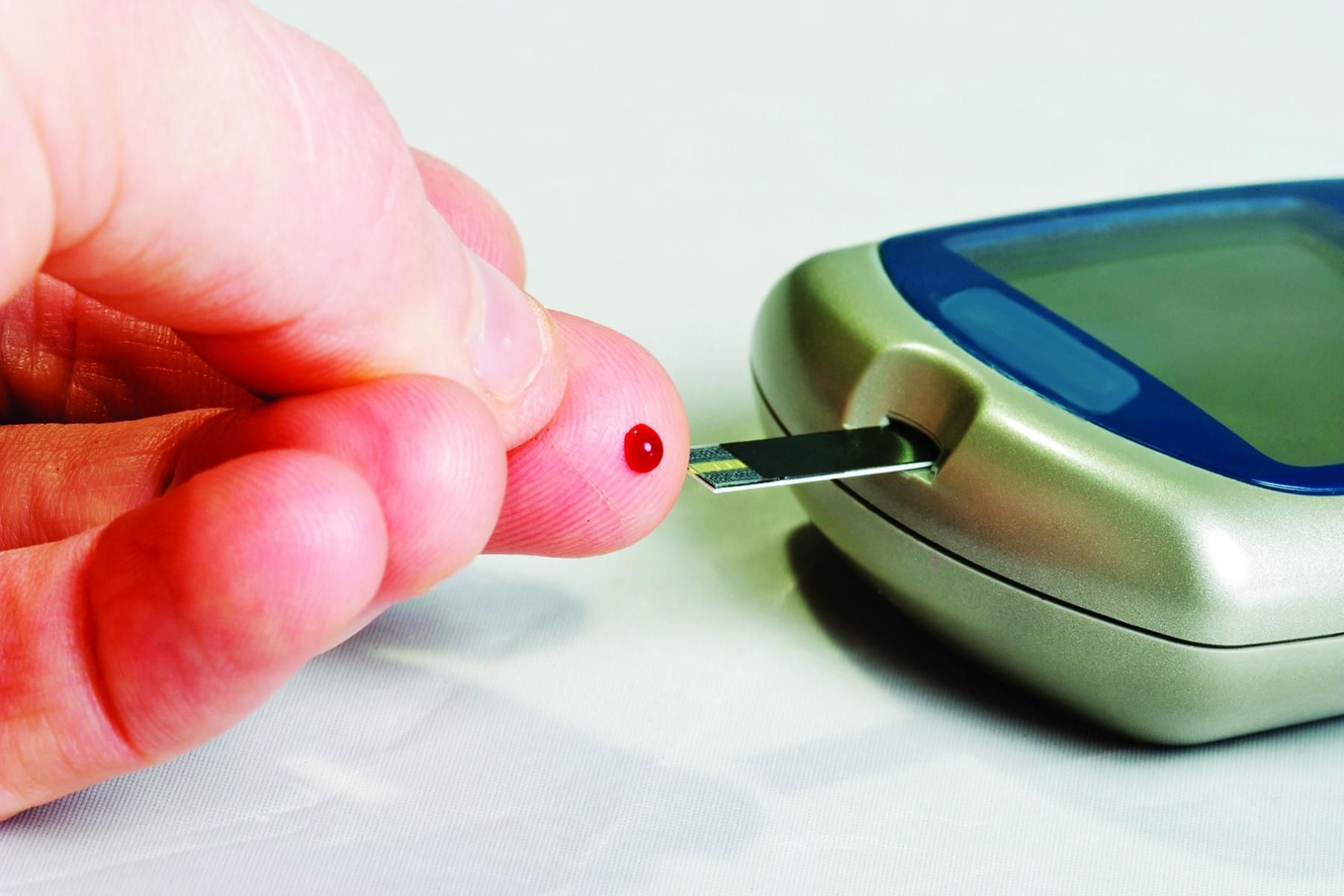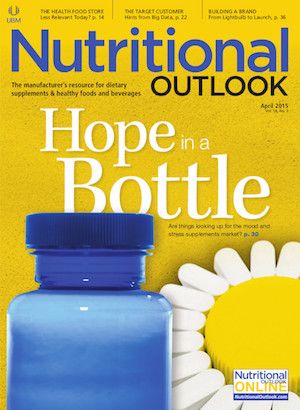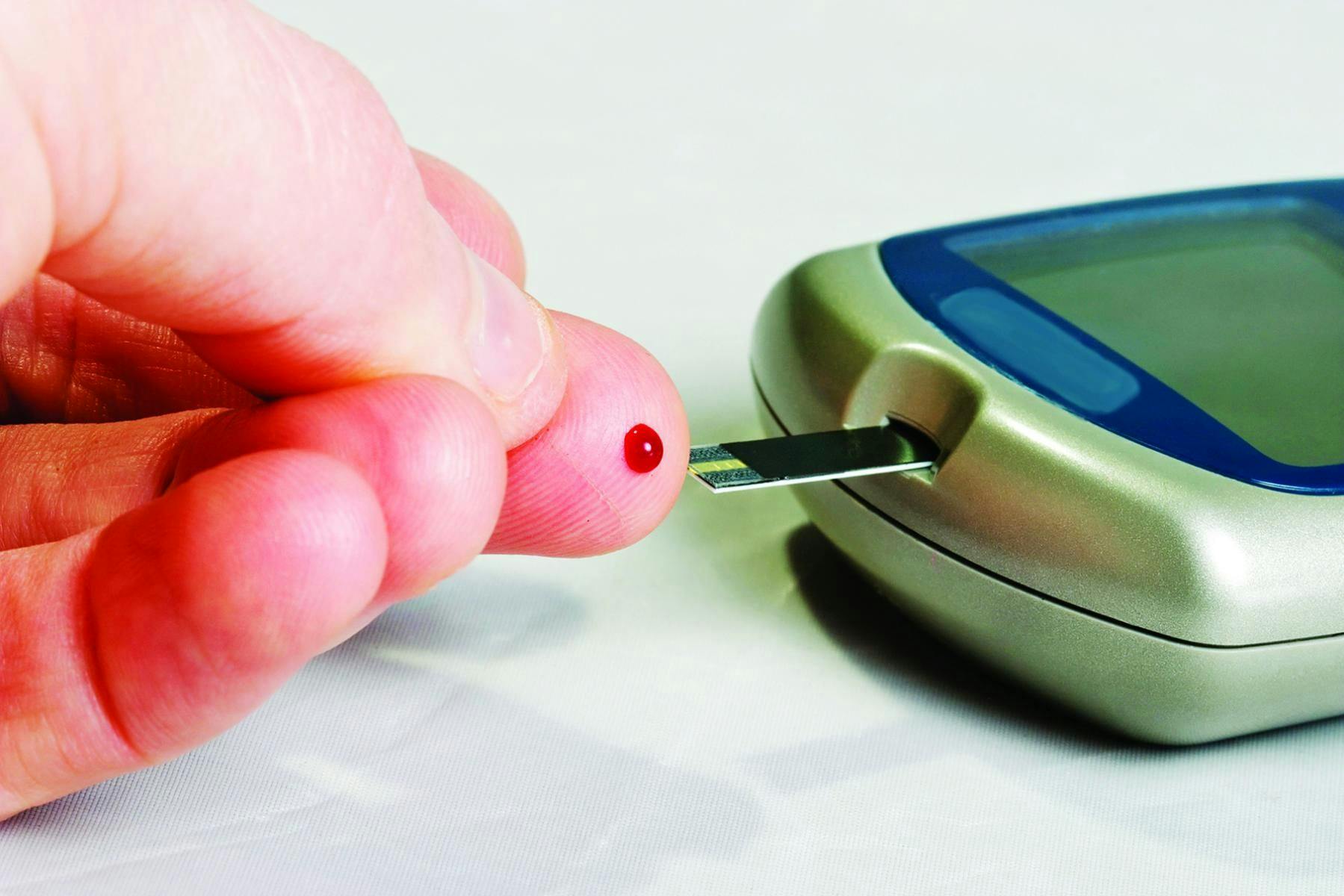Ingredient Spotlight: Salacia oblonga
The latest research on Salacia oblonga's health benefits

Global transition over the last 50 years to a modern, sedentary lifestyle, combined with a shift toward processed-food diets higher in calories, carbohydrates, and saturated fat, are contributing to a concerning worldwide epidemic of impaired glucose tolerance. An estimated 387 million people worldwide are living with diabetes. According to statistics from the International Federation of Diabetes (IFD), the number will increase 53% and reach 592 million by 2035.1 In North America alone, 37 million people were diagnosed with diabetes back in 20131, with many more judged to be at risk for the disease. The costs associated with managing blood glucose levels and controlling diabetes are daunting. The American Diabetes Association estimated the cost of treatment in the United States during 2012 as $245 billion.2
A number of factors contribute to the development of impaired blood glucose function, ranging from family history, weight, and high blood pressure to poor diet and lifestyle, aging, and ethnicity. But diabetes in particular is a deceptive disease, with symptoms that are not easy to identify. If not treated, these issues can cause debilitating conditions affecting many systems and tissues in the body, including the heart, eyes, nerves, kidneys, and blood vessels.
While no one is certain how diabetes has reached epidemic proportions worldwide, understanding of how diabetes develops has come a long way. We now know that it is perfectly normal for most people to experience an increase in blood glucose after consuming a meal; thereafter, insulin and its receptors work to transfer the blood glucose to storage cells in the body, which brings blood sugar levels back to a normal range within a couple of hours. But when insulin production becomes inefficient and the body cannot produce enough to maintain normal blood glucose levels, the patient develops insulin resistance, or type 2 diabetes. Clinicians now understand that impaired glucose tolerance (IGT) is a predictor of diabetes in people with above-normal blood glucose and that addressing IGT can prevent or reverse the onset of the disease.
As these unfortunate health conditions proliferate, both governments and scientists are seeking cost-effective solutions. While diet and exercise are important tools, researchers are also exploring additional alternatives for effectively controlling blood glucose levels, with a goal of helping to manage the disease and prevent its associated metabolic complications.
Many people find it necessary to use glucose-lowering prescription medications such as acarbose and miglitol. These drugs inhibit absorption of intestinal enzymes such as maltase, isomaltase, and sucrase, which leads to reduced carbohydrate absorption and postprandial glycemia. Unfortunately, these drugs do have unpleasant side effects, such as bloating and gastrointestinal discomfort, which can hinder patient compliance.
Safe Solutions
An emerging body of science now shows promise of natural and traditional methods to support healthy blood sugar and insulin levels. For example, there are several botanicals with a long history of use and effectiveness in blood sugar management. With hundreds of years of use and observation behind them, they can offer safe, efficacious, and cost-effective solutions for many patients seeking healthy blood sugar levels. Health professionals also are seeing that, when combined with lifestyle modifications, these herbal preparations can play a vital role in addressing blood sugar management and the onset of diabetes.
A good example is the Salacia plant, a perennial woody climbing vine that is native to India and Sri Lanka and that has been used in traditional Indian medicine to treat diabetes and obesity for centuries. Plants in the Salacia genus contain various beneficial nutraceuticals, including anthocyanidins, catechins, phenolic acids, quinones, and triterpenoids. The major bioactive compounds in Salacia oblonga are xanthonoid, glucoside, and mangiferin, as well as two unique compounds, salacinol and kotalanol. The S. oblonga species has been the subject of several clinical studies since 2005 demonstrating strong efficacy in reducing and controlling blood glucose levels in both healthy subjects and patients with type 2 diabetes.
In one study3 conducted at Ohio State University and published in 2005 in the Journal of the American Dietetic Association, 39 healthy subjects participated in four separate high-starch–meal tolerance tests, with each participant fasting for at least 10 hours prior to the test. Subjects then drank a chilled beverage that contained 0, 500, 700, or 1000 mg of S. oblonga extract. Researchers drew blood samples from participants at quarterly and half-hour intervals for three hours. They found that the presence of S. oblonga extract tended to lower postprandial glycemia and significantly reduced postprandial insulin response. The beverage containing the highest concentration of the extract produced the most significant reduction in both blood glucose and blood insulin levels (23% and 29%, respectively), compared to the control group.
Because Salacia oblonga is known to produce some intestinal gas, every eight hours after consuming the herbal extract the researchers also collected breath hydrogen samples to determine participants’ levels of hydrogen and methane, which correspond to bacterial gas production levels in the colon. Subjects who received the beverages containing S. oblonga showed increased hydrogen excretion but reported minimal gastrointestinal discomfort.
In another randomized, double-blind crossover study4 published in The American Journal of Clinical Nutrition in 2007, researchers looked at the effects of Salacia oblonga extract in 66 patients with diabetes after a high-carbohydrate meal. Subjects, in a fasted state, consumed one of three meals: a standard control meal, a control meal plus 240 mg of S. oblonga extract, and a control meal plus 480 mg of S. oblonga extract. Researchers then measured serum glucose and insulin levels at baseline and at postprandial intervals of 30 minutes for up to three hours.
They found that subjects who received either dose of the extract had postprandial glucose levels below the curve-by 14% for the 240-mg dose and 22% for the 480-mg dose-as well as an adjusted peak glucose response of 19% and 27%, respectively. Both doses of the herbal extract also produced lowered postprandial insulin response and an adjusted peak insulin response of 14% and 9%, respectively, for the lower dose, and 19% and 12%, respectively, for the higher dose, as compared to control. The researchers concluded that Salacia oblonga has the potential to lower acute glycemia and insulinemia in patients with type 2 diabetes following a high-carbohydrate meal.
Inhibition of Carbohydrate Absorption
To help prevent the development of diabetes and/or complications arising from high blood glucose levels, doctors often prescribe alpha-glucosidase inhibitors to lower postprandial blood glucose levels. Recent in-house research5 by Bioactives American Corp. confirmed that multiple bioactive compounds in Salacia oblonga-salacinol and mangiferin-work in much the same way as anti-diabetic drugs in vitro. They bind to intestinal enzymes and block the breakdown of complex carbohydrates in the intestine. Studies have also shown that S. oblonga extract and isolated mangiferin work as an anti-diabetic by increasing Glut4 expression and translocation in muscle cells. These effects are mediated through two independent pathways related to 5’-AMP-activated protein kinase and PPAR-gamma.
Overall, the hypoglycemic effect of Salacia oblonga extract is likely the result of a combined effort of these components. Coupled with present-day research data, ancient wisdom, and the documentation of ayurvedic medicine, S. oblonga extract is emerging as a strong nutritional solution to address postprandial glucose and insulin response, especially in combination with diet and lifestyle changes.
The extract’s unique, multipronged approach to lowering postprandial glycemia and insulinemia offers greater flexibility in diet for the patient and a gentle, cost-effective solution without the side effects associated with pharmaceutical preparations, thereby fostering comparatively superior patient compliance. S. oblonga extract has a proven history of use in India and Japan where it is taken as a tea or a supplement with meals. The ingredient also has potential for use in medical foods; blood sugar–management products in gummies, chews, and lozenges; meal-replacement programs; and healthy beverage applications. Finally, Salacia oblonga has growing potential, with new research suggesting its benefits for heart health and renal support.6
Mohamed M. Rafi, PhD, is founder and CEO of Bioactives American Corp. (Highland Park, NJ). He has worked for many years as an investigator in clinical trials for the Cancer Institute of New Jersey and as a professor of nutrigenomics at Rutgers University. The company represents the culmination of Dr. Rafi’s research on inflammation, diabetes, cancer, and obesity. Bioactives American is the only marketer of a self-affirmed GRAS Salacia oblonga water extract, which is sold under the trade name Salsulin.
References
- IDF Diabetes Atlas, 6th Edition, Poster Update 2014, International Federation of Diabetes, www.idf.org/diabetesatlas/update-2014
- National Diabetes Statistics Report, 2014, American Diabetes Association, www.diabetes.org/diabetes-basics/statistics/?loc=db-slabnav
- Heacock PM et al., “Effects of a medical food containing an herbal α-glucosidase inhibitor on postprandial glycemia and insulinemia in healthy adults,” Journal of the American Dietetic Association, vol. 105, no. 1 (January 2005): 65-71. www.sciencedirect.com/science/article/pii/S0002822304017079
- Williams JA et al., “Extract of Salacia oblonga lowers acute glycemia in patients with type 2 diabetes,” The American Journal of Clinical Nutrition, vol. 86, no. 1 (July 2007): 124-130
- Rafi MM, “Salsulin™: An herbal extract for glucose metabolism,” www.nutraingredients-usa.com/smartlead/view/1038468/4/Salsulin-an-extract-for-blood-glucose-metabolism. January 2015
- Rathore SS et al., “Effects of Salacia oblonga on cardiovascular risk factors in chronic kidney disease patients: A prospective study,” Saudi Journal of Kidney Diseases and Transplantation: An Official Publication of the Saudi Center for Organ Transplantation, Saudi Arabia, vol. 26, no. 1 (January 2015): 61-66
Photo © iStockphoto.com/evgenyb

Kelker Pharma to launch nutritional support system for GLP-1 medication users that features TriBsyn
December 11th 2024B&D Nutritional Ingredients Inc., an exclusive distribution partner of CarnoSyn Brands and Natural Alternatives International Inc., announced that its customer, Kelker Pharma, will be launching the “first science-backed nutritional support system” for GLP-1 medication users, called Nutrilinq Genesis.
Sirio Pharma launches line of ready-to-market organic gummies and softgels called PureOrganix
August 26th 2024The new line is made up of three gummies and one softgel that are formulated to meet stringent EU-Organic certification criteria, and target women’s health, metabolic health, and heart health.
Recent review states that pentadecanoic acid may support cellular stability for better longevity
June 25th 2024According to the paper’s author, Stephanie Venn-Watson, DVM, MPH, deficiency in pentadecanoic acid of ≤0.2% total circulating fatty acids increases the risk of ferroptosis, which a type of cell death cause by the peroxidation of fragile fatty acids in cell membranes that combines with iron thus increasing reactive oxygen species, and disabling mitochondria.











